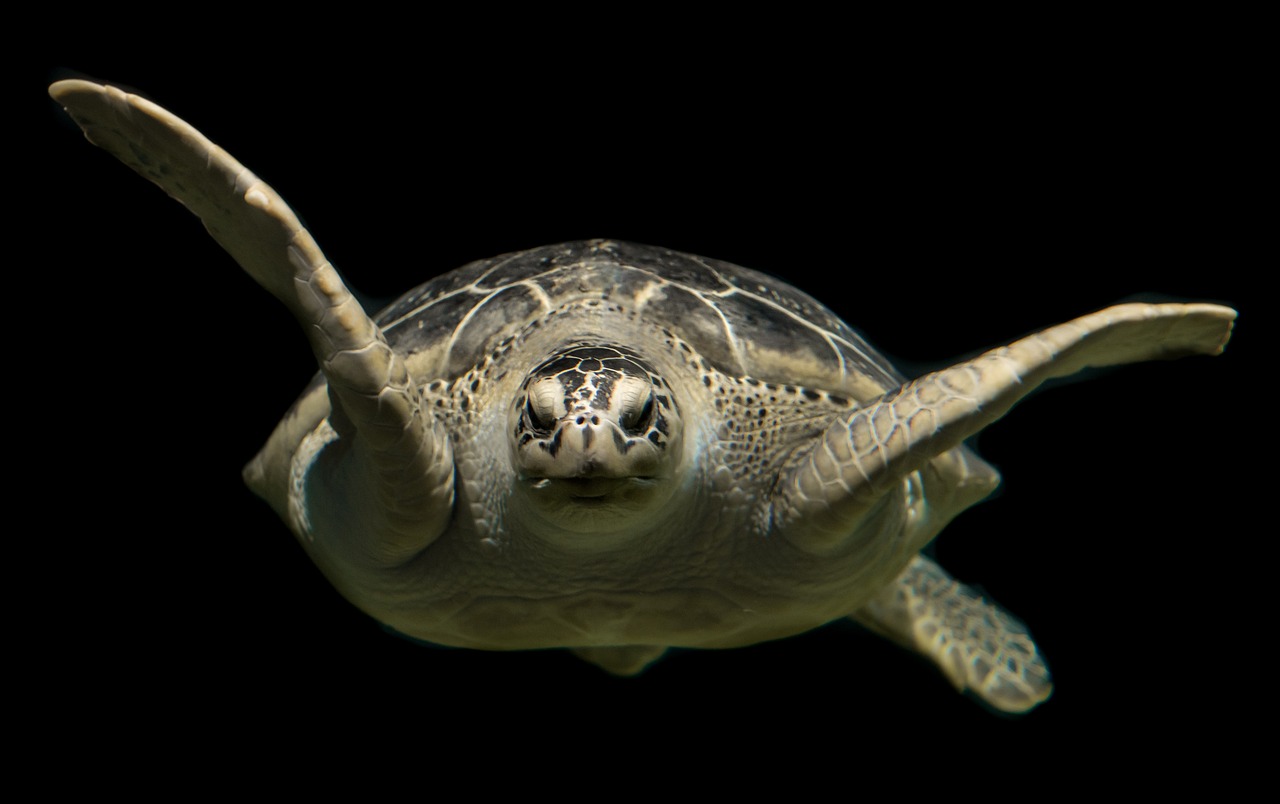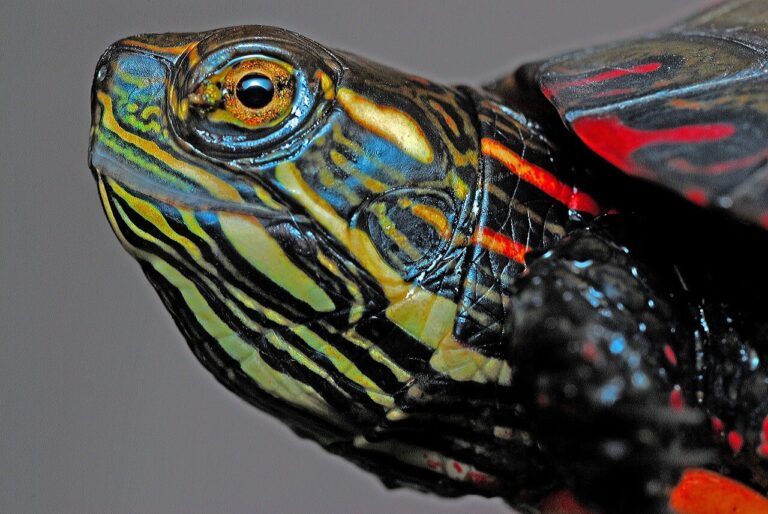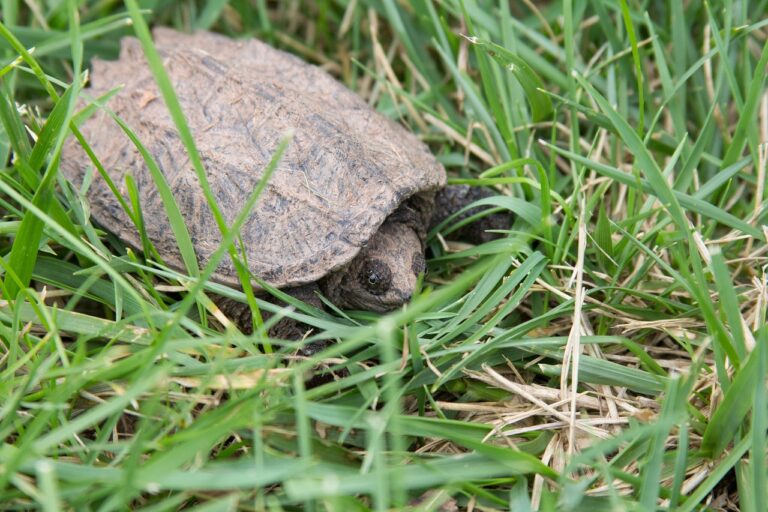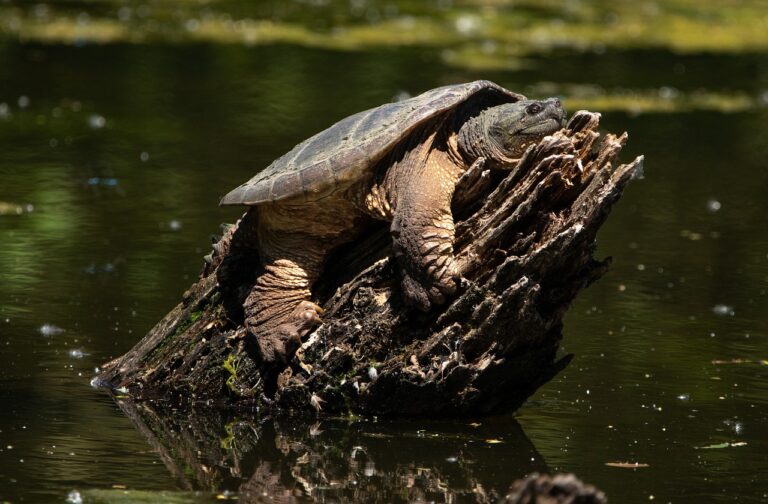Introduction:
Imagine a creature that has been swimming the oceans for millions of years, gracefully gliding through the deep blue waters. Meet the green turtle, a captivating and ancient species that has captured the hearts of many nature enthusiasts. Scientifically known as Chelonia mydas, the green turtle is one of the most iconic reptiles on our planet. In this article, we will take you on a journey to discover the wonders of the green turtle, exploring its taxonomy, physical characteristics, habitat, behavior, and the crucial importance of its conservation.
Taxonomy and Classification:
The green turtle belongs to the following taxonomic classification:
- Kingdom: Animalia (Animals)
- Phylum: Chordata (Chordates)
- Class: Reptilia (Reptiles)
- Order: Testudines (Turtles)
- Family: Cheloniidae (Sea Turtles)
- Genus: Chelonia
- Species: Chelonia mydas
Closely related to the green turtle are other sea turtle species such as the loggerhead turtle (Caretta caretta), hawksbill turtle (Eretmochelys imbricata), leatherback turtle (Dermochelys coriacea), and the Kemp’s ridley turtle (Lepidochelys kempii).
Description:
Green turtles are remarkable creatures with several distinctive features. They are known for their relatively large size, with adults reaching lengths of up to 3 to 4 feet (around 91 to 122 cm) and weighing up to 300 to 350 pounds (136 to 159 kg). The most recognizable feature of the green turtle is its smooth, olive-green carapace (upper shell), which provides excellent camouflage in their underwater habitats. However, it’s worth noting that not all green turtles are green; some individuals may have darker or lighter shells.
These turtles have a pair of paddle-shaped flippers, perfectly adapted for swimming in the open ocean, and a serrated beak-like mouth that helps them grasp and tear seagrasses, their primary food source.
Interestingly, green turtles display sexual dimorphism, which means that males and females have different physical characteristics. Males generally have longer tails and narrower shells compared to females.
Habitat and Range:
Green turtles are true ocean wanderers, found in both tropical and subtropical waters around the world. Their range includes the Atlantic, Pacific, and Indian Oceans, as well as the Mediterranean Sea. Specific countries where green turtles are commonly sighted include Costa Rica, Indonesia, Australia, and the United States, especially in places like Hawaii and Florida.
These turtles are primarily marine, preferring the salty embrace of the open ocean. However, they are known to visit various types of habitats, including seagrass beds, coral reefs, and sandy beaches for nesting.
Behavior and Diet:
Green turtles are known for their gentle nature. They are usually solitary creatures, but they can be found in groups, especially when they gather at specific feeding grounds. Unlike some other turtle species, green turtles are herbivores, primarily feeding on seagrasses and algae. They use their sharp beaks to crop seagrass leaves, contributing to the health of seagrass beds, which are essential ecosystems in coastal areas.
When not feeding, green turtles are often seen basking at the water’s surface or resting on the seabed. They are excellent swimmers, capable of diving to impressive depths and holding their breath for extended periods.
Reproduction and Life Cycle:
Green turtles embark on incredible journeys to return to their natal beaches for nesting. Females come ashore to lay their eggs, typically at night. They dig deep holes in the sand where they deposit around 100 to 200 eggs. After incubating for about two months, the hatchlings emerge and make their way to the sea.
The sex of the hatchlings is determined by the temperature during incubation, with cooler temperatures resulting in males and warmer temperatures producing females. Once in the ocean, young green turtles face numerous challenges, including predators and ocean currents.
The green turtle’s life cycle is remarkable, and it takes many years for them to reach sexual maturity, usually between 20 to 50 years. Once mature, they begin the cycle of returning to their nesting beaches to lay eggs.
Conservation Status:
The conservation status of green turtles is a matter of global concern. According to the International Union for Conservation of Nature (IUCN), green turtles are classified as endangered. They face numerous threats, including:
- Habitat Destruction: Coastal development and the destruction of nesting beaches pose a significant threat to green turtles. These areas are often prime real estate for human settlements and tourism.
- Pollution: Pollution from plastic debris, oil spills, and chemical pollutants harms both adult green turtles and their hatchlings.
- Climate Change: Rising sea levels, increased temperatures, and extreme weather events affect nesting sites and the distribution of seagrasses, impacting green turtle populations.
- Illegal Poaching: Despite legal protections, green turtles are still hunted for their meat, eggs, and shells in some parts of the world.
- Accidental Bycatch: Green turtles are sometimes unintentionally caught in fishing nets and lines, leading to injury or death.
Significance and Importance:
Green turtles play a vital role in marine ecosystems. Their grazing habits help maintain the health of seagrass beds, which serve as essential nurseries for various marine species. By doing so, they contribute to the overall biodiversity of our oceans. Additionally, green turtles have cultural significance in many coastal communities and are a source of tourism revenue through activities like eco-tours and turtle watching.
Interesting Facts:
- Green turtles can hold their breath for up to five hours while sleeping underwater.
- Some green turtles have been known to migrate over 2,000 miles between their feeding and nesting grounds.
- The green turtle’s scientific name, Chelonia mydas, means “green turtle” in Greek.
Protection and Conservation Efforts:
Threats: Despite their resilience and ancient lineage, green turtles face a multitude of threats that endanger their survival as a species. These threats include:
Bycatch in Fishing Gear: Green turtles are sometimes unintentionally caught in fishing nets and lines, leading to injury or death. Bycatch in commercial fishing operations remains a significant threat to their populations.
Direct Harvest of Turtles and Eggs: Despite legal protections, green turtles are still hunted for their meat, eggs, and shells in some parts of the world. This direct harvest poses a severe threat to their populations.
Loss and Degradation of Nesting Habitat: Coastal development and the destruction of nesting beaches threaten green turtles’ ability to successfully reproduce. The conversion of nesting areas for human settlements and tourism is detrimental to their nesting habitats.
Vessel Strikes: Collisions with boats and vessels in high-traffic areas, especially near coastal regions, can result in injury or death for green turtles. These accidents are a growing concern due to increased maritime activities.
Ocean Pollution/Marine Debris: Pollution from plastic debris, oil spills, and chemical pollutants harms both adult green turtles and their hatchlings. Ingestion of plastics, in particular, can have devastating effects on their health.
Climate Change: Rising sea levels, increased temperatures, and extreme weather events affect nesting sites and the distribution of seagrasses, impacting green turtle populations. Climate change poses a long-term threat to their survival.
Disease: Like many wildlife species, green turtles are susceptible to diseases. These diseases can further weaken populations already facing other threats.
These cumulative challenges underscore the need for comprehensive conservation efforts to safeguard the green turtle and its habitat.
Efforts to protect green turtles include the establishment of marine protected areas and conservation programs. Organizations around the world work tirelessly to monitor nesting beaches, relocate nests to safer areas, and raise awareness about the importance of green turtle conservation.
As individuals, there are several ways you can contribute to the preservation of green turtles and their habitat:
- Support conservation organizations dedicated to sea turtle protection.
- Participate in beach clean-ups to reduce pollution in coastal areas.
- Dispose of plastic waste responsibly to prevent it from entering the ocean.
- Educate others about the importance of green turtle conservation and responsible tourism.
Conclusion:
The green turtle, Chelonia mydas, is a truly remarkable creature that has captured the imagination of people worldwide. Its ancient lineage, distinctive appearance, and vital ecological role make it a species worth protecting. By understanding the taxonomy, physical characteristics, habitat, behavior, and conservation needs of green turtles, we can all play a part in ensuring their continued survival. Let us strive to protect these gentle giants of the seas for generations to come, preserving the beauty and biodiversity of our oceans for the benefit of all.



